My Favourite Painting: Robin Hanbury-Tenison
The explorer Robin Hanbury-Tenison chooses a charmingly traditional portrait that resonates with a long-gone age — yet behind which lurks a troubled soul.
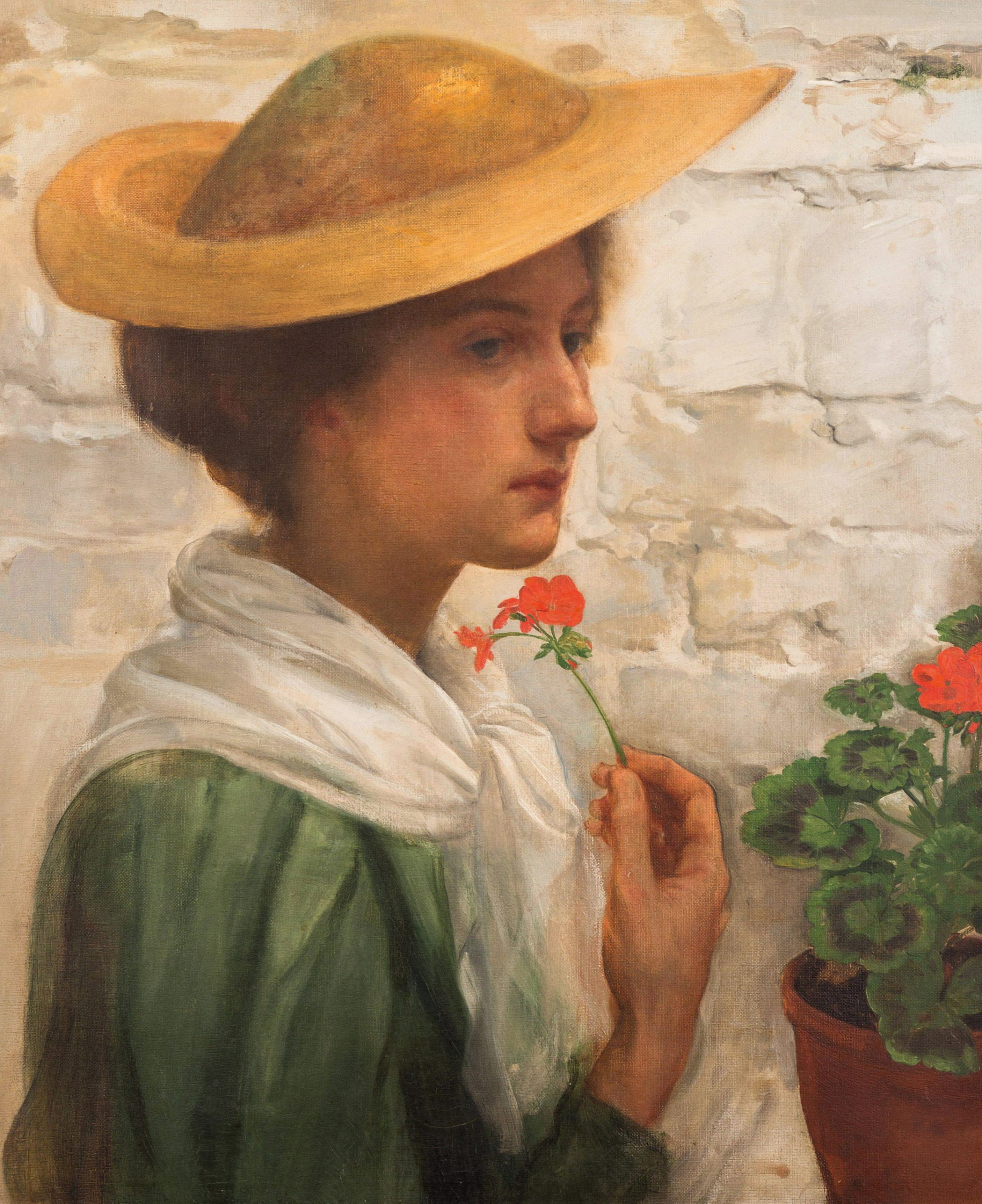

Robin Hanbury-Tenison on Girl in Boater (Portrait of Florence Carter-Wood) by Harold Knight
‘Florence Carter-Wood arrived in Cornwall to join the Newlyn School group of artists in 1910, aged 22, and everyone fell in love with her, including the local land agent, Gilbert Evans. But it was Alfred Munnings who whisked her off to London and married her. The marriage was never consummated and, on their first night, she attempted suicide by drinking cyanide.
'Florence returned to Lamorna Cove, where, for two years, she went for long walks with Evans. When he took a posting in Nigeria shortly before the First World War, she drank the rest of the cyanide and this time died. This painting by Harold Knight, which I have, was probably painted a few days before. Geraniums are the flower of melancholy.’
Robin Hanbury-Tenison is an explorer and president of the charity Survival International. He was previously chief executive of the Countryside Alliance. He lives in Cornwall.
Charlotte Mullins comments on Girl in Boater
Jonathan Smith’s book and film Summer in February recount the tragic love triangle of Welsh officer Gilbert Evans, painter Alfred Munnings and young artist Florence Carter-Wood. Munnings and Carter-Wood were part of the Lamorna Group with husband-and-wife artists Harold and Laura Knight. They lived in Lamorna in Cornwall from 1910 and painted its turquoise seas, its rugged landscape and each other. This portrait is one of three Harold Knight painted of Florence in 1914, the year she committed suicide by drinking cyanide after a failed marriage to Munnings and the departure of Evans, her lover.
Knight’s portrait is a nuanced study of a woman lost in thought. She holds a broken geranium stem up to her face as she looks away, her eyes shaded by her large straw boater. The brick wall behind her, painted white like her scarf, compresses the space — there’s barely enough room for the plant pot and her left shoulder must be pushed up against it. Knight has transformed Carter-Wood into a melancholy Pre-Raphaelite with bowed lips and glowing hair.
Laura Knight rather eclipsed Harold during their lifetime — it was her painting The Beach, exhibited at the Royal Academy in 1909, that motivated Munnings to move to Cornwall. She became a Dame in 1929 and a Royal Academician in 1936, a year before Harold. (She was the first woman RA for more than 150 years.) But, in recent years, a growing interest in Harold’s work has seen many paintings, including this one, now attributed to him.
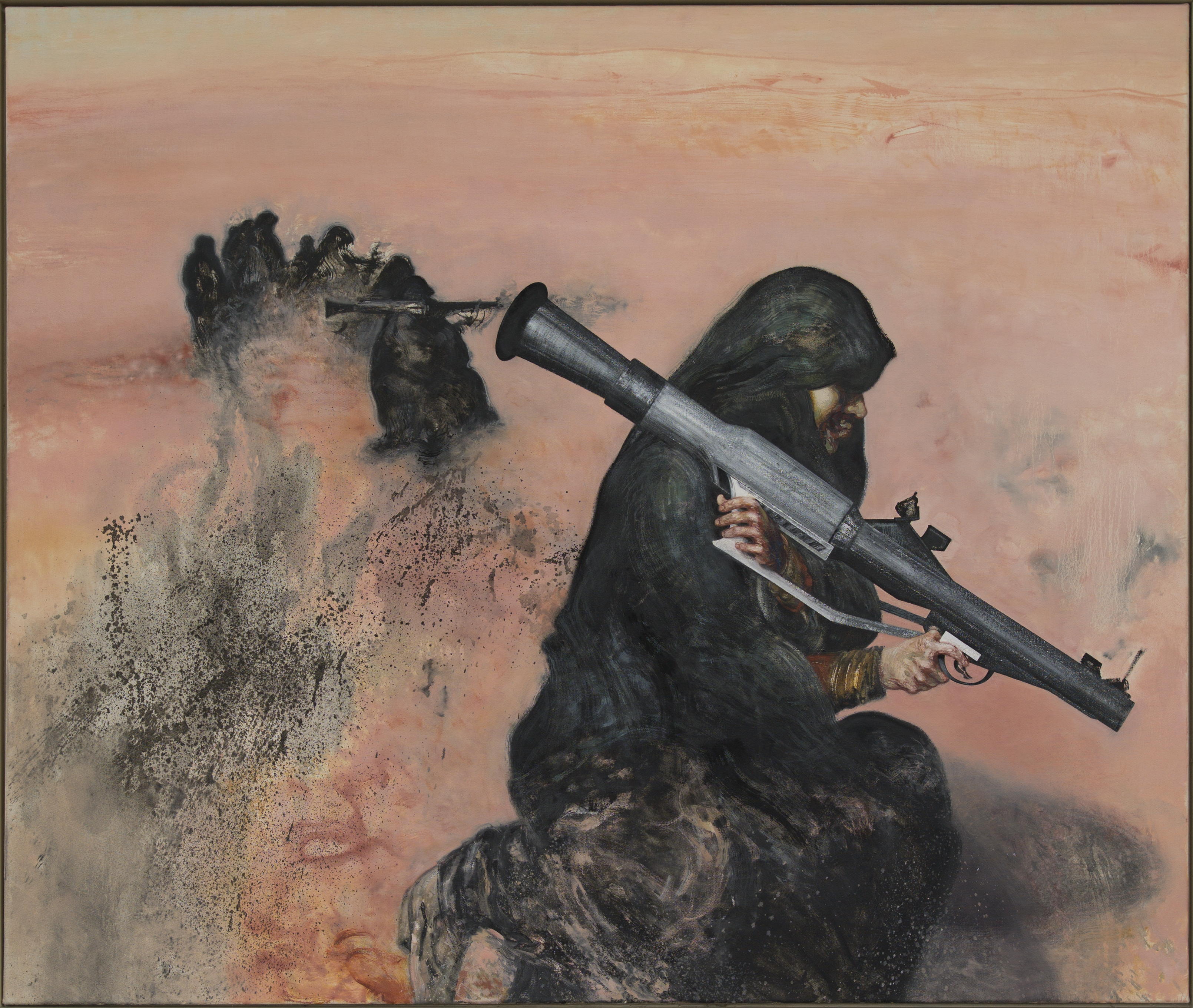
My favourite painting: Dr Kate Pretty
Dr Kate Pretty, founder of the Young Archaeologists' Club and former principal of Homerton College, Cambridge, chooses Gulf Women Prepare
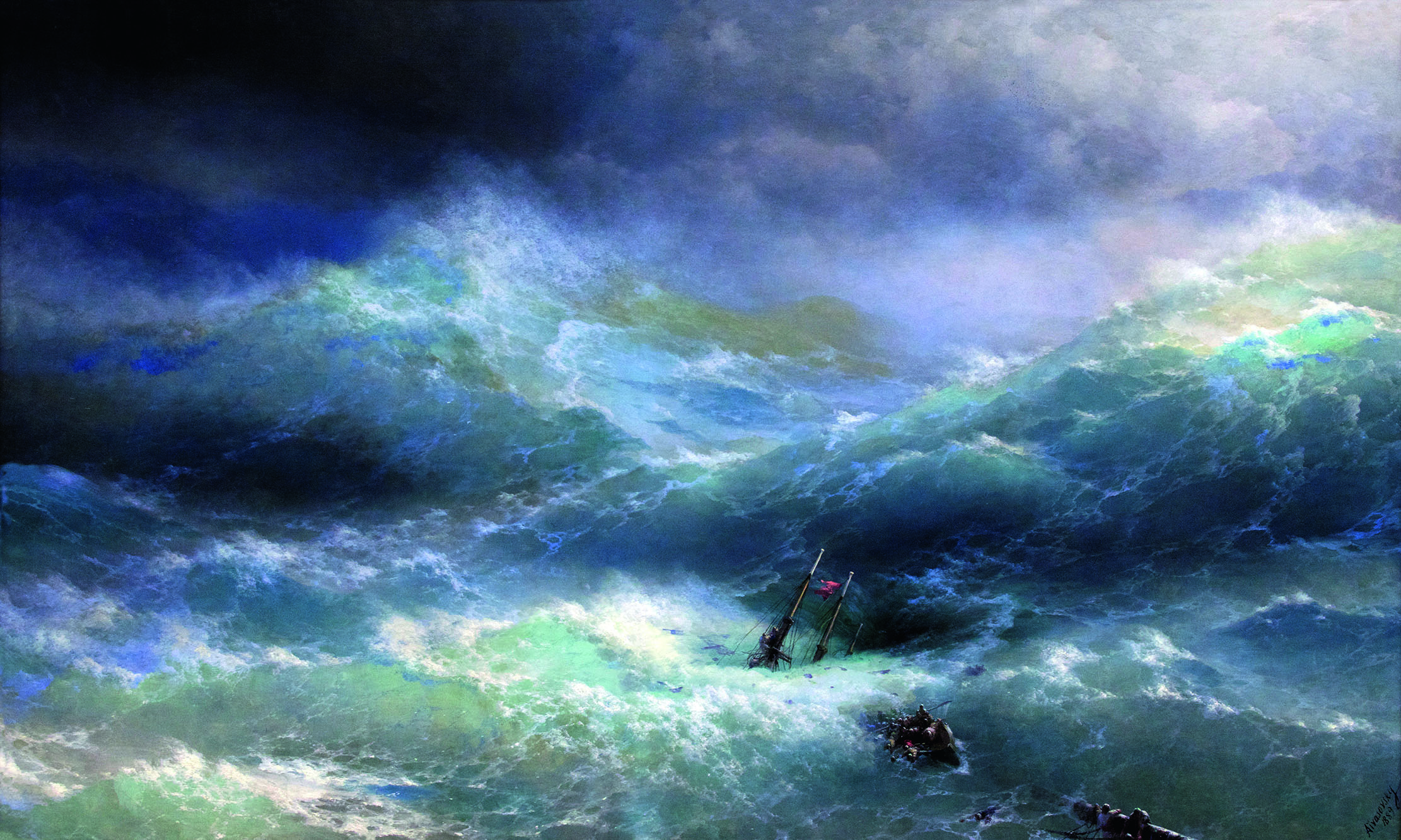
My Favourite Painting: Charles Foster
The writer, barrister and veterinarian Charles Foster on a dramatic seascape by Konstantinovich Aivazovsky.
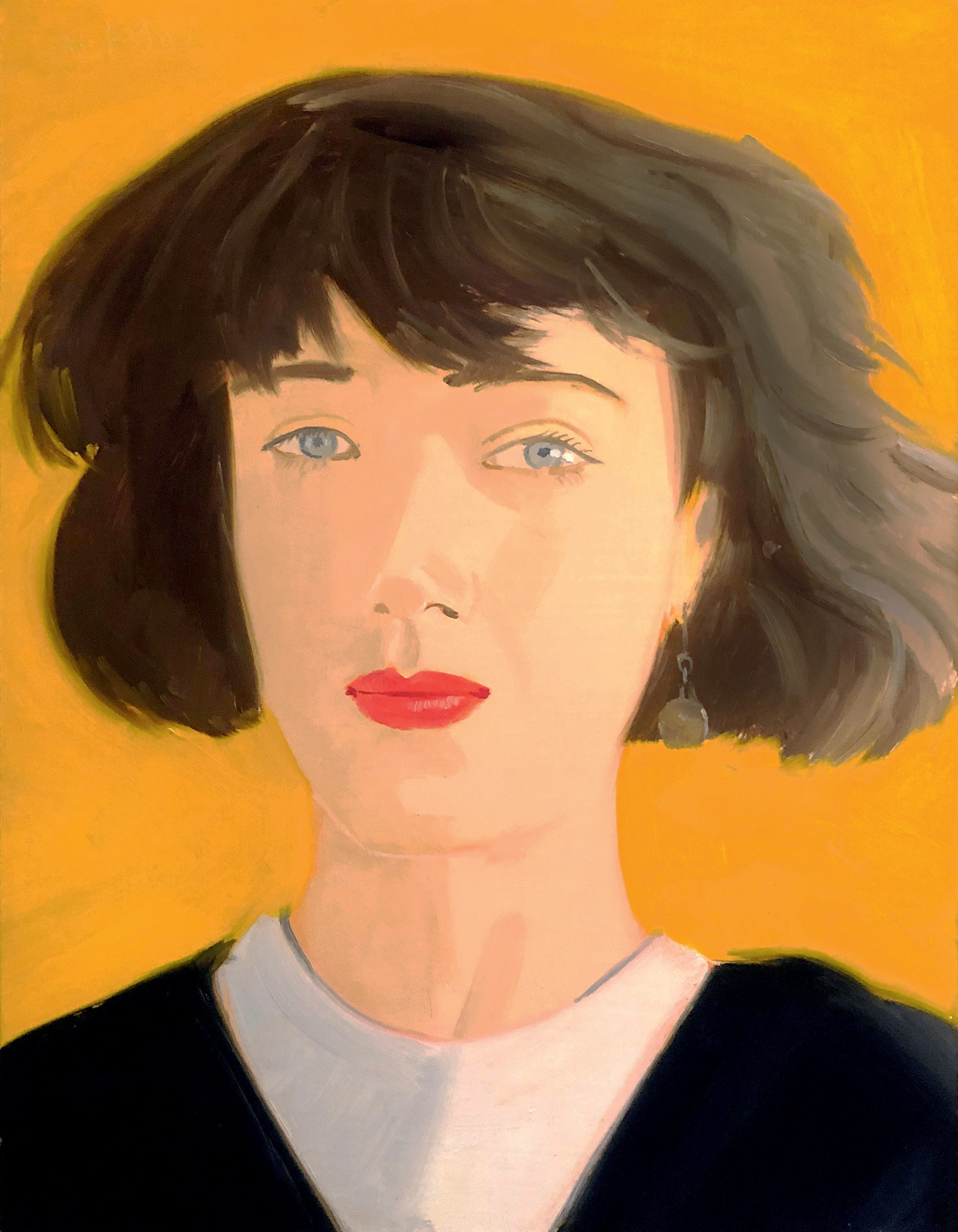
My Favourite Painting: Nick Ashley
Nick Ashley chooses Samantha by Alex Katz, an artist who made his name in New York's art scene of the
Exquisite houses, the beauty of Nature, and how to get the most from your life, straight to your inbox.
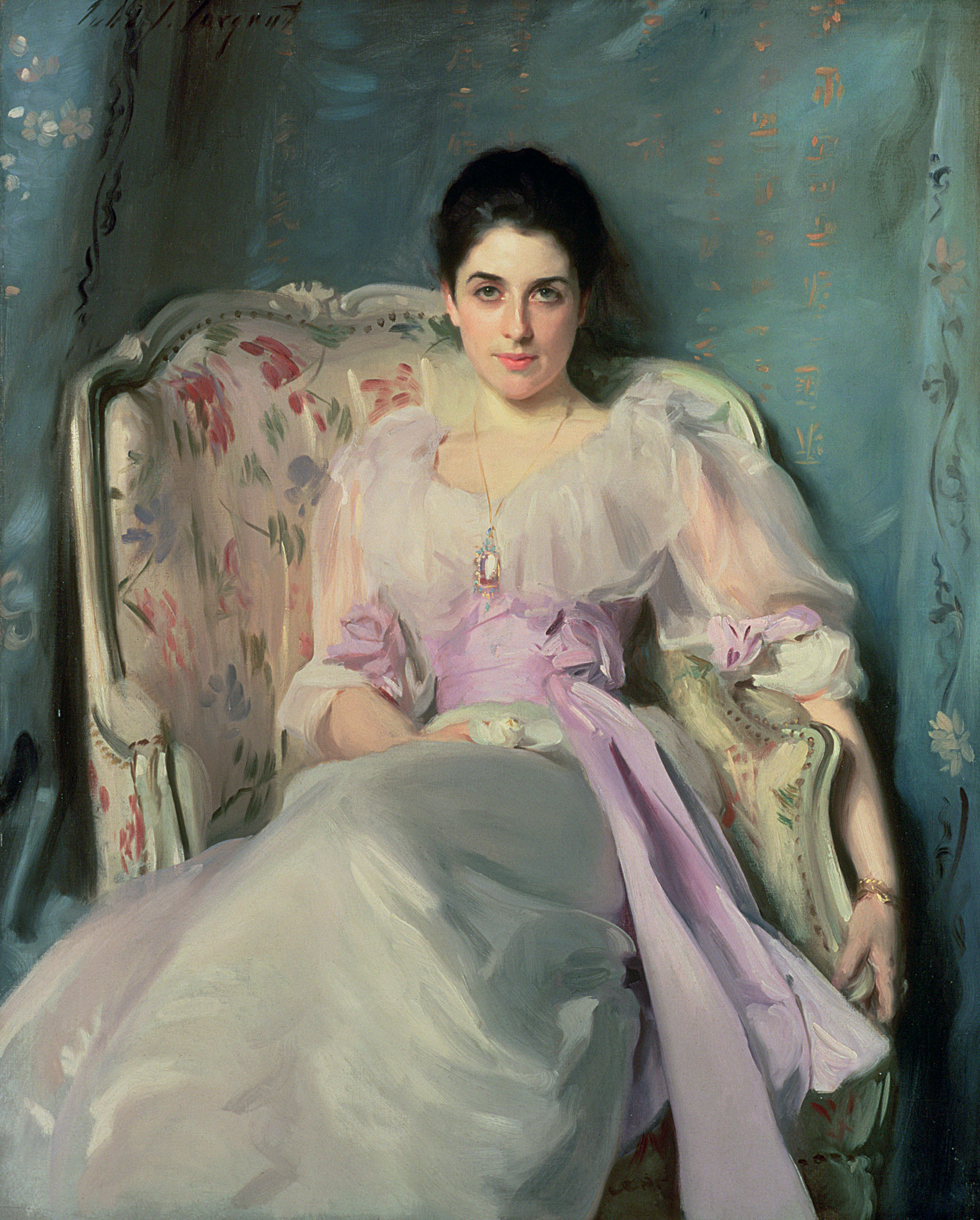
My Favourite Painting: Rachel Trevor-Morgan
The Queen's milliner Rachel Trevor-Morgan picks Lady Agnew of Lochnaw by John Singer Sargent.
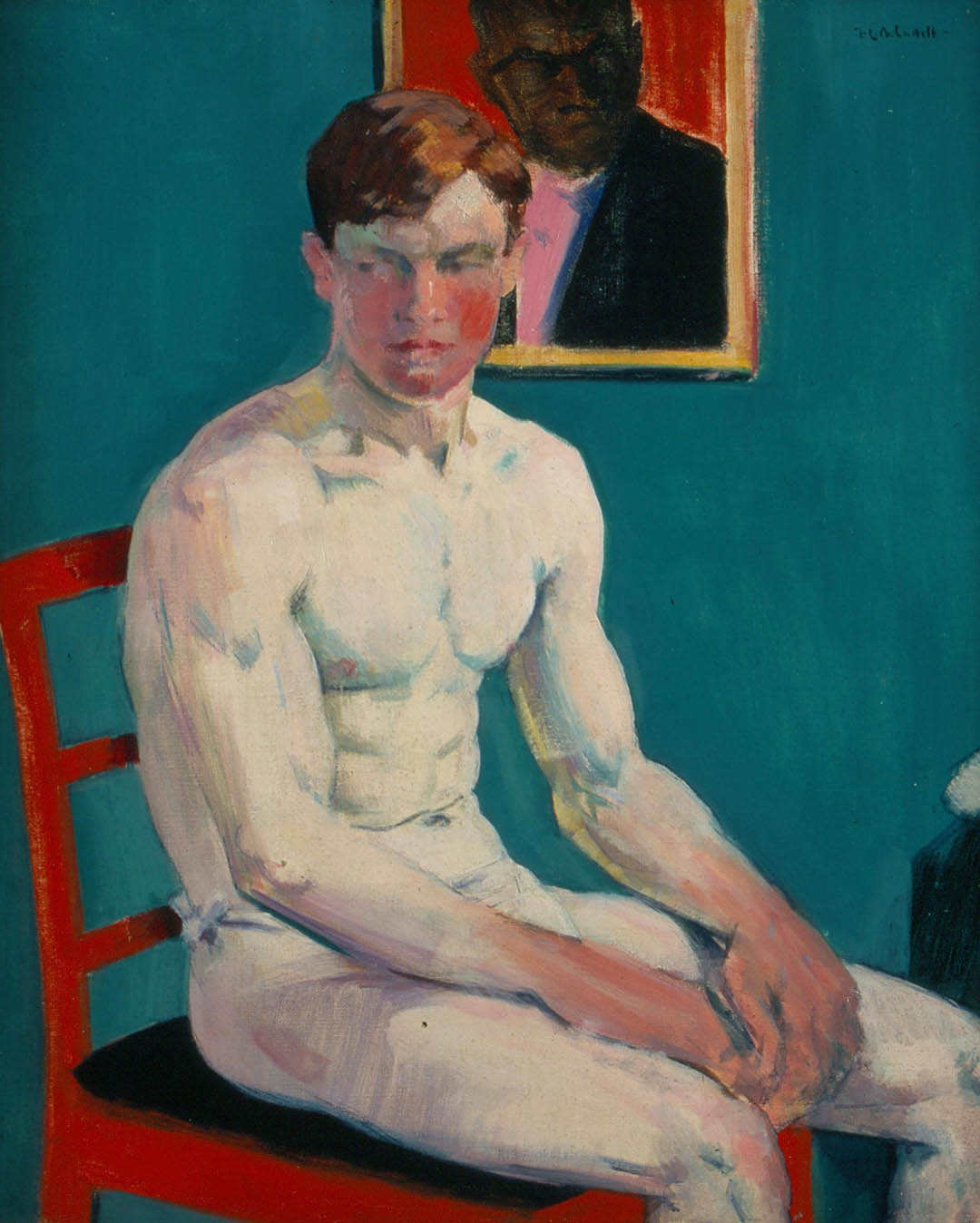
My Favourite Painting: Luke Edward Hall
Designer and writer Luke Edward Hall chooses an image painted by a charismatic dandy known as ‘Bunty’.
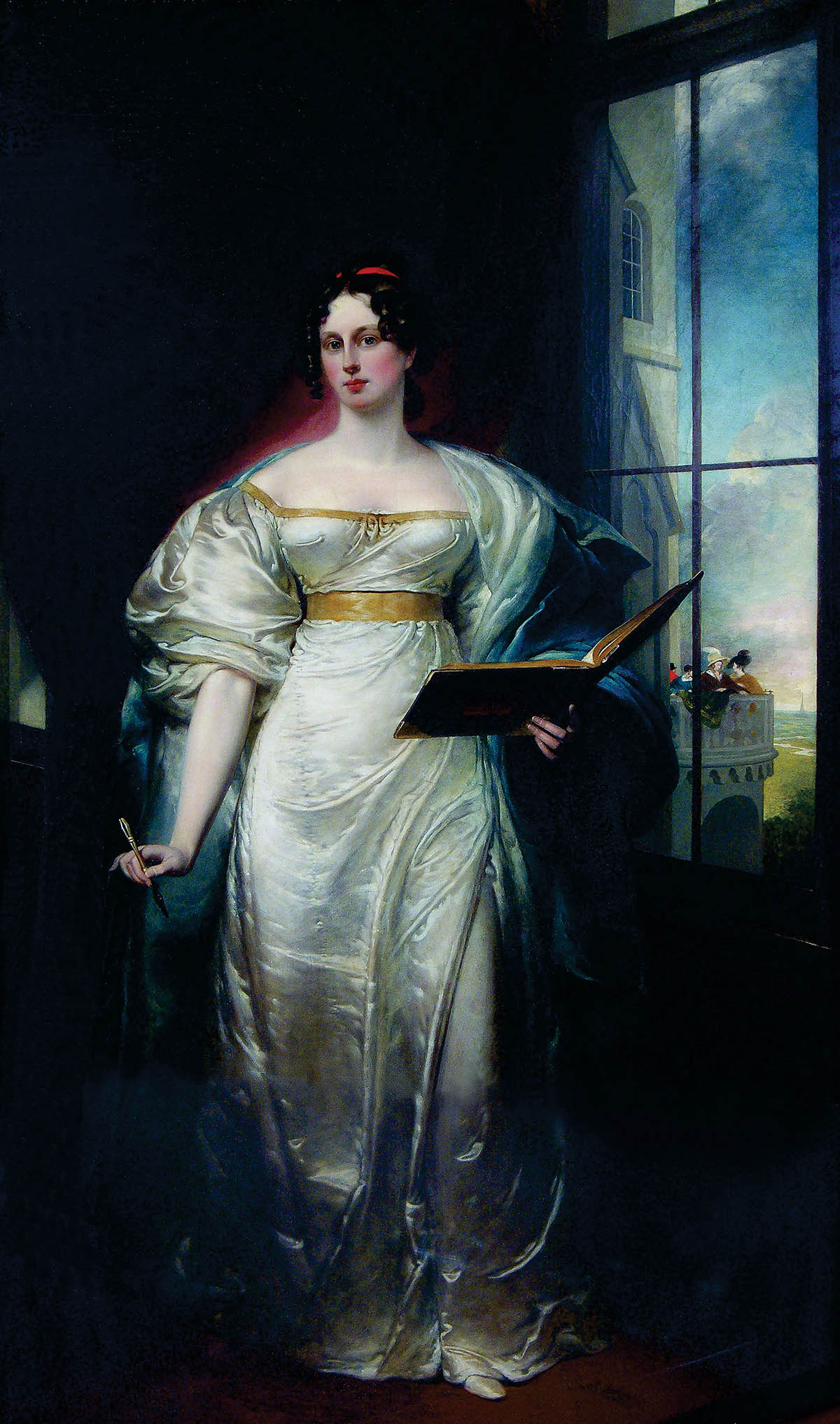
My Favourite Painting: The Duchess of Rutland
The Duchess of Rutland chooses a portrait of the woman who was her most eminent predecessor.
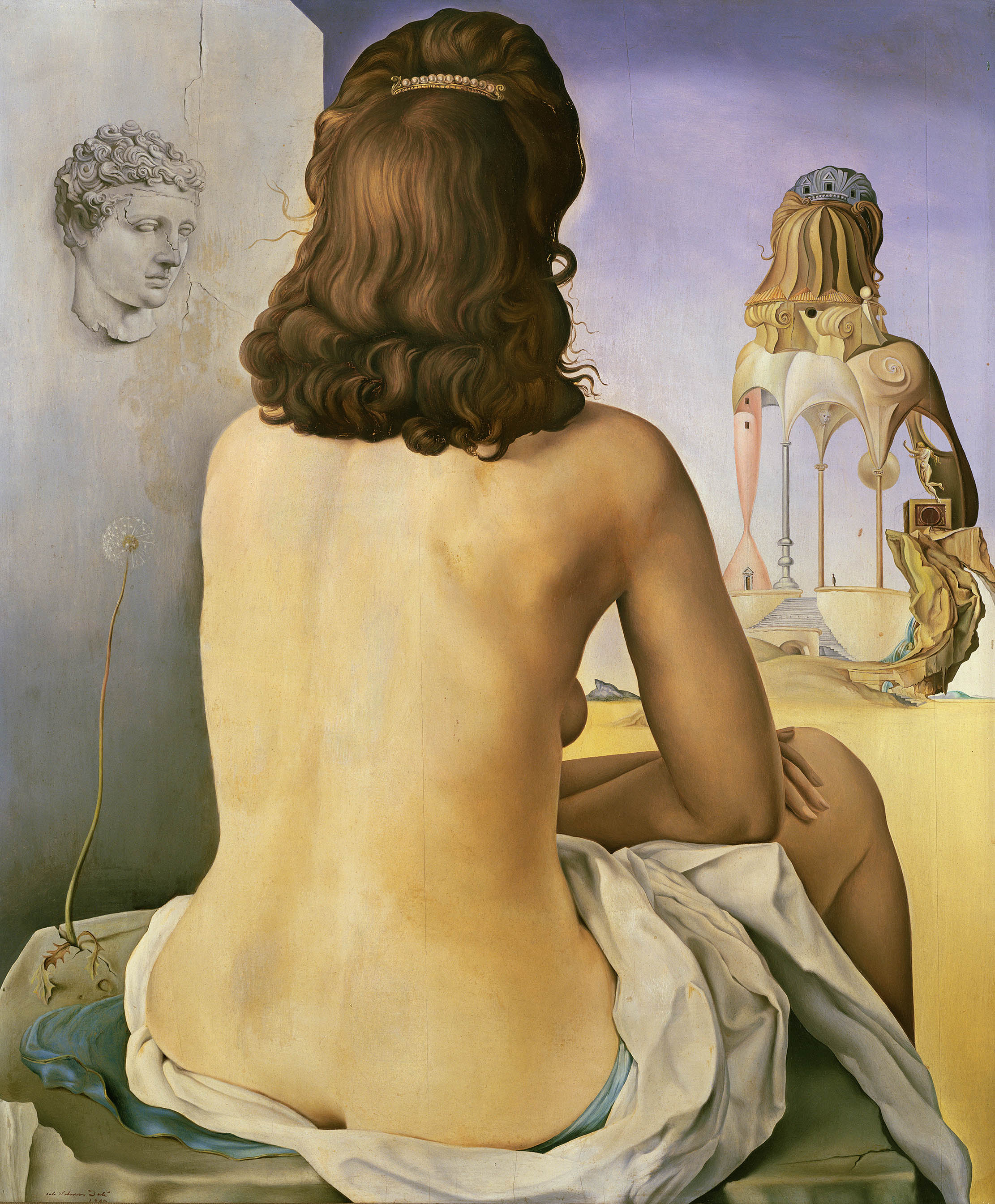
My Favourite Painting: Jean-Louis Sebagh
‘I love the beauty of the woman’s back; her elegant, naturally confident pose; and the fact that she is serenely
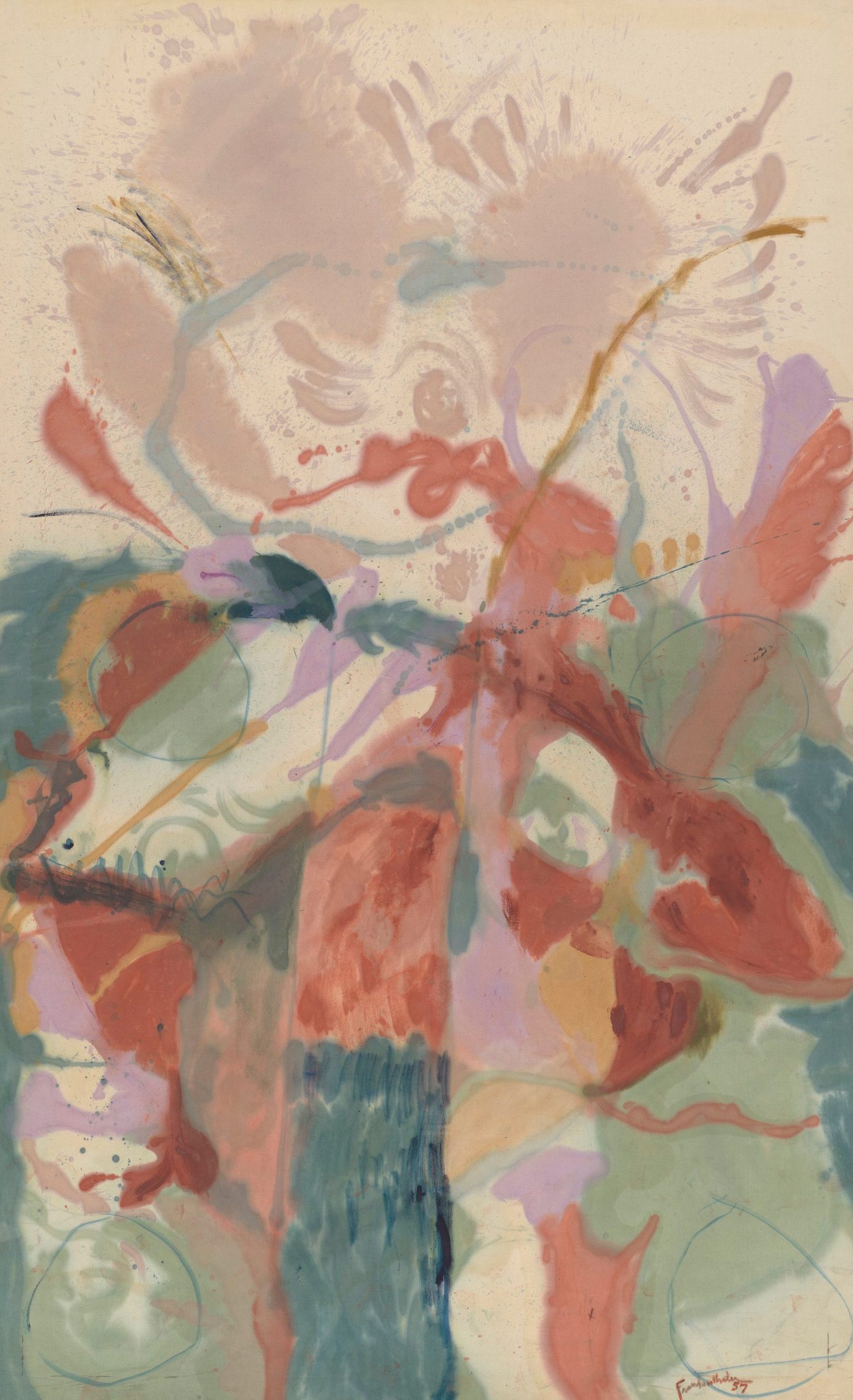
My favourite painting: Tarka Russell
The director of London's Timothy Taylor Gallery enthuses about the connection between Heaven and Earth depicted in this gigantic, colourful
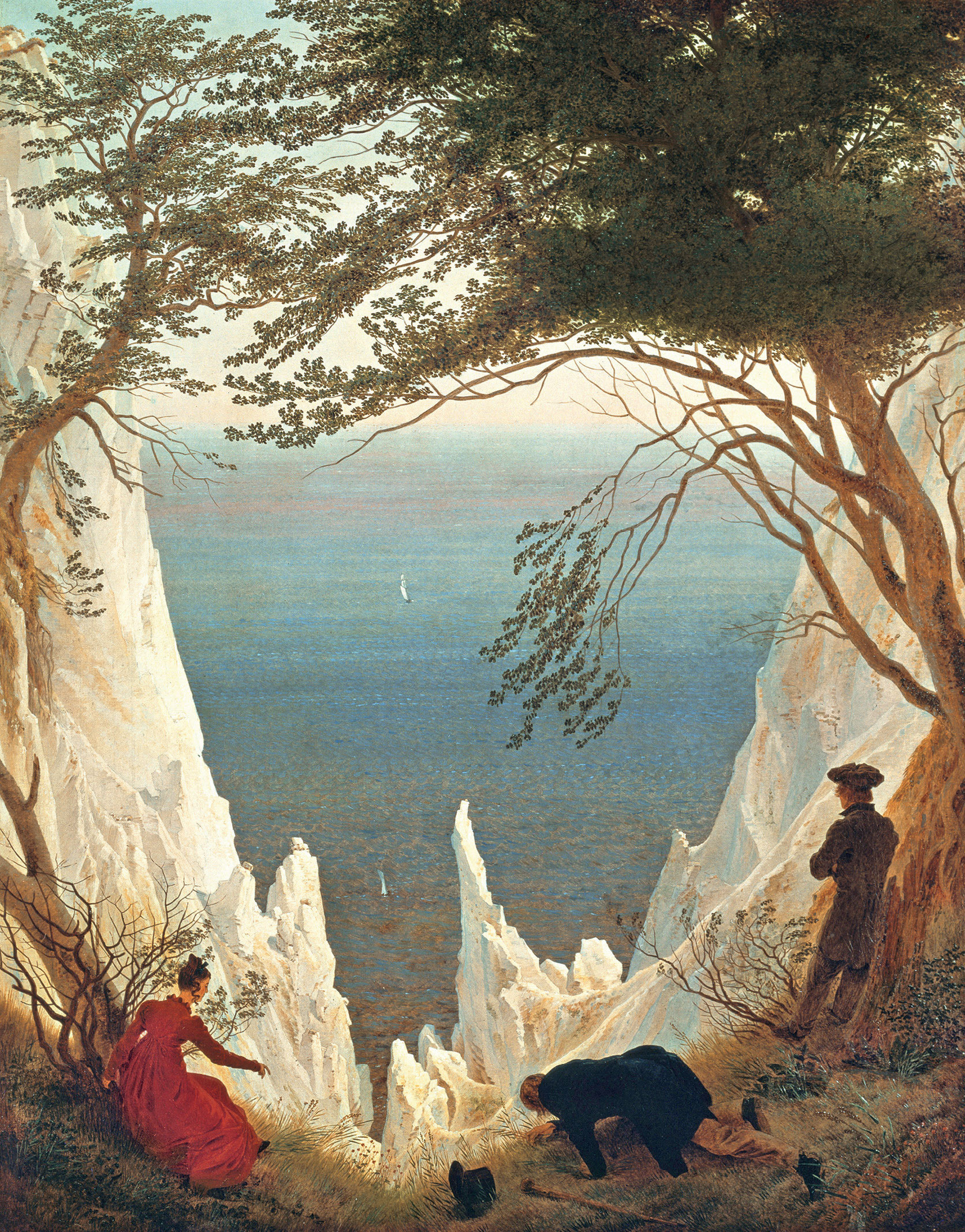
My favourite painting: The Duke of Buccleuch
The Duke of Buccleuch's art collection includes works by Thomas Gainsborough and other household names, but he chooses a piece

Charlotte Mullins is an art critic, writer and broadcaster. Her latest book, The Art Isles: A 15,000 year story of art in the British Isles, will be published by Yale University Press in October 2025.
-
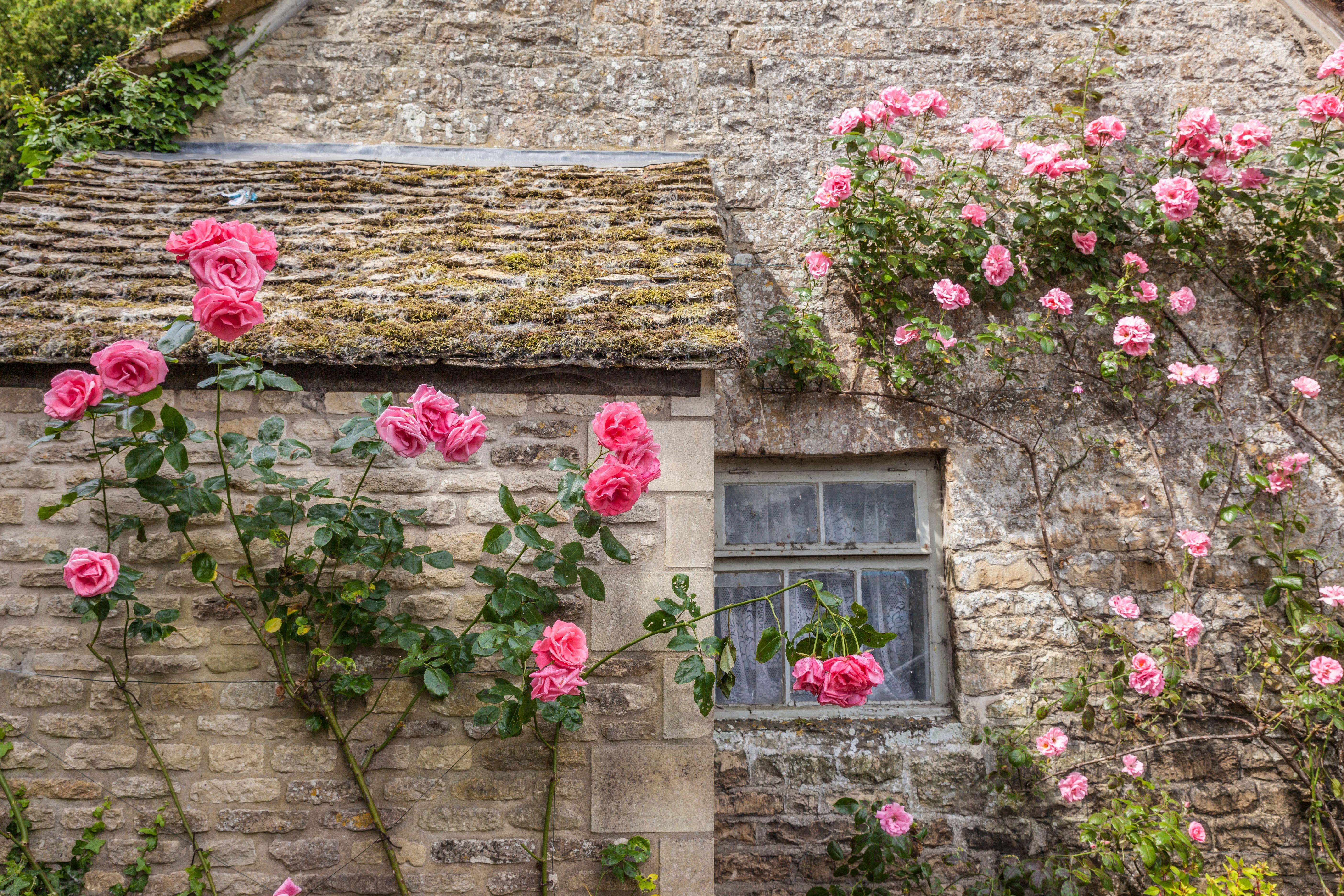 Bare roots: How to find the perfect rose and how to plant it
Bare roots: How to find the perfect rose and how to plant itTabi Jackson Gee moved to a cottage in Wiltshire, and went about finding the perfect rose to bring light and colour to the garden.
-
 Flying backwards, pink milk, and holding your breath. A Country Life quiz of animal facts
Flying backwards, pink milk, and holding your breath. A Country Life quiz of animal factsDo you know the difference between a bobbit worm and a mantis shrimp? You will soon.
-
 'As a child I wanted to snuggle up with the dogs and be part of it': Alexia Robinson chooses her favourite painting
'As a child I wanted to snuggle up with the dogs and be part of it': Alexia Robinson chooses her favourite paintingAlexia Robinson, founder of Love British Food, chooses an Edwin Landseer classic.
-
 The Pre-Raphaelite painter who swapped 'willowy, nubile women' for stained glass — and created some of the best examples in Britain
The Pre-Raphaelite painter who swapped 'willowy, nubile women' for stained glass — and created some of the best examples in BritainThe painter Edward Burne-Jones turned from paint to glass for much of his career. James Hughes, director of the Victorian Society, chooses a glass masterpiece by Burne-Jones as his favourite 'painting'.
-
 'I can’t look away. I’m captivated': The painter who takes years over each portrait, with the only guarantee being that it won't look like the subject
'I can’t look away. I’m captivated': The painter who takes years over each portrait, with the only guarantee being that it won't look like the subjectFor Country Life's My Favourite Painting slot, the writer Emily Howes chooses a work by a daring and challenging artist: Frank Auerbach.
-
 My Favourite Painting: Rob Houchen
My Favourite Painting: Rob HouchenThe actor Rob Houchen chooses a bold and challenging Egon Schiele work.
-
 My Favourite Painting: Jeremy Clarkson
My Favourite Painting: Jeremy Clarkson'That's why this is my favourite painting. Because it invites you to imagine'
-
 The chair of the National Gallery names his favourite from among the 2,300 masterpieces — and it will come as a bit of a shock
The chair of the National Gallery names his favourite from among the 2,300 masterpieces — and it will come as a bit of a shockAs the National Gallery turns 200, the chair of its board of trustees, John Booth, chooses his favourite painting.
-
 'A wonderful reminder of what the countryside could and should be': The 200-year-old watercolour of a world fast disappearing
'A wonderful reminder of what the countryside could and should be': The 200-year-old watercolour of a world fast disappearingChristopher Price of the Rare Breed Survival Trust on the bucolic beauty of The Magic Apple Tree by Samuel Palmer, which he nominates as his favourite painting.
-
 My favourite painting: Andrew Graham-Dixon
My favourite painting: Andrew Graham-Dixon'Lesson Number One: it’s the pictures that baffle and tantalise you that stay in the mind forever .'